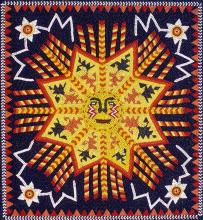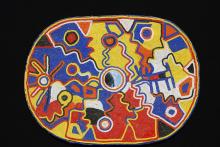Support Our Work
Contact Information
Wixárika Research Center
Telephone: (510) 420-1231
inquiries@wixarika.org
Website Contact Form
From Our Archive
"We are committed to the defense of the sacred lands and natural resources of the Wixárika people"
Juan Negrín, Founding Director, Wixárika Research Center







